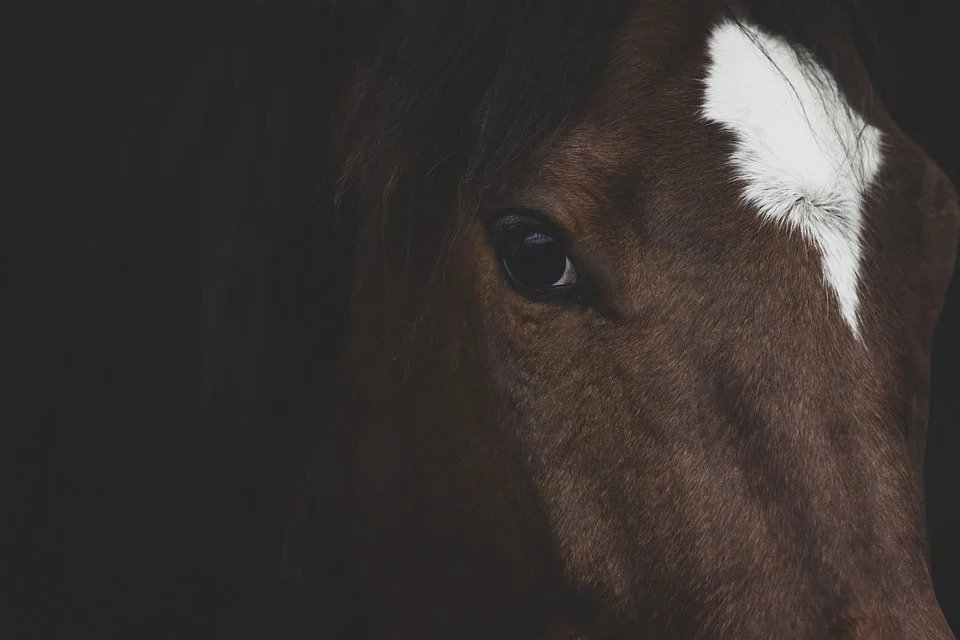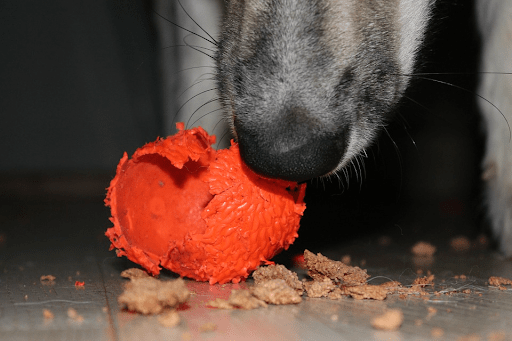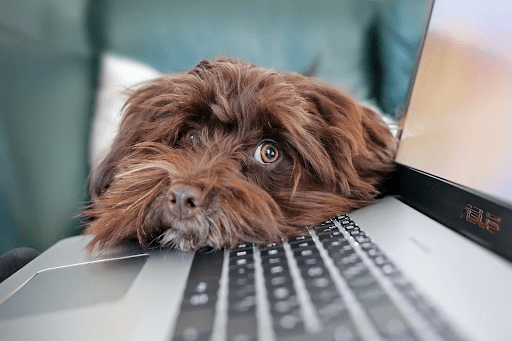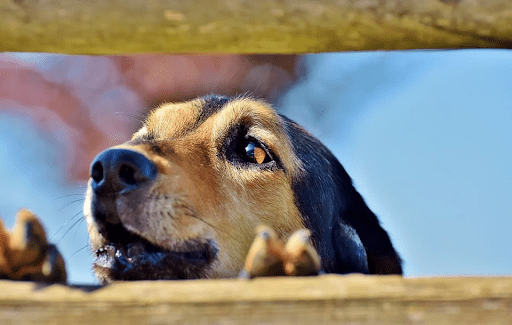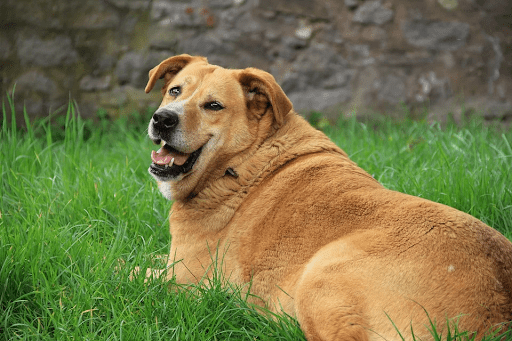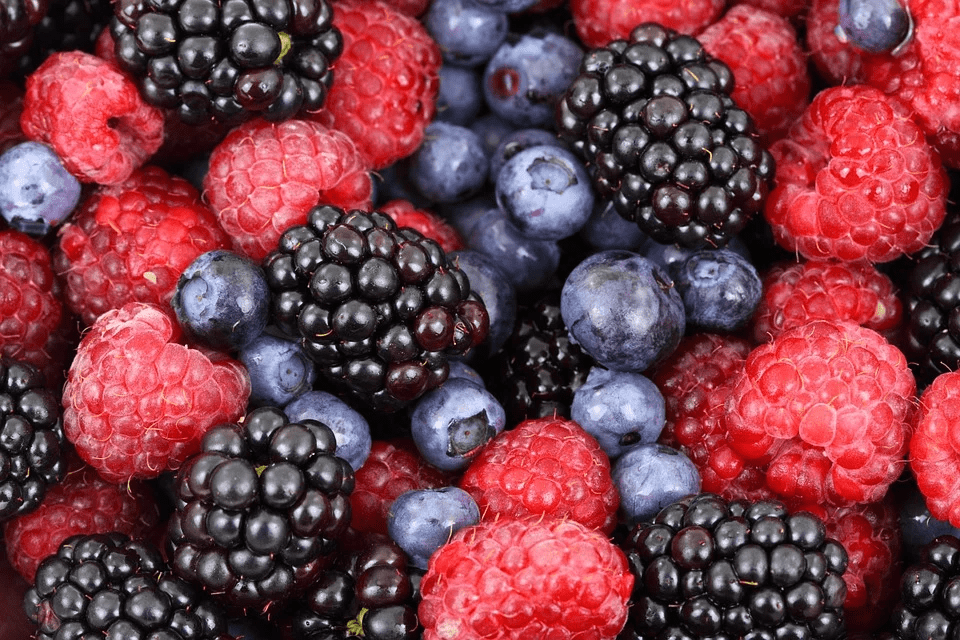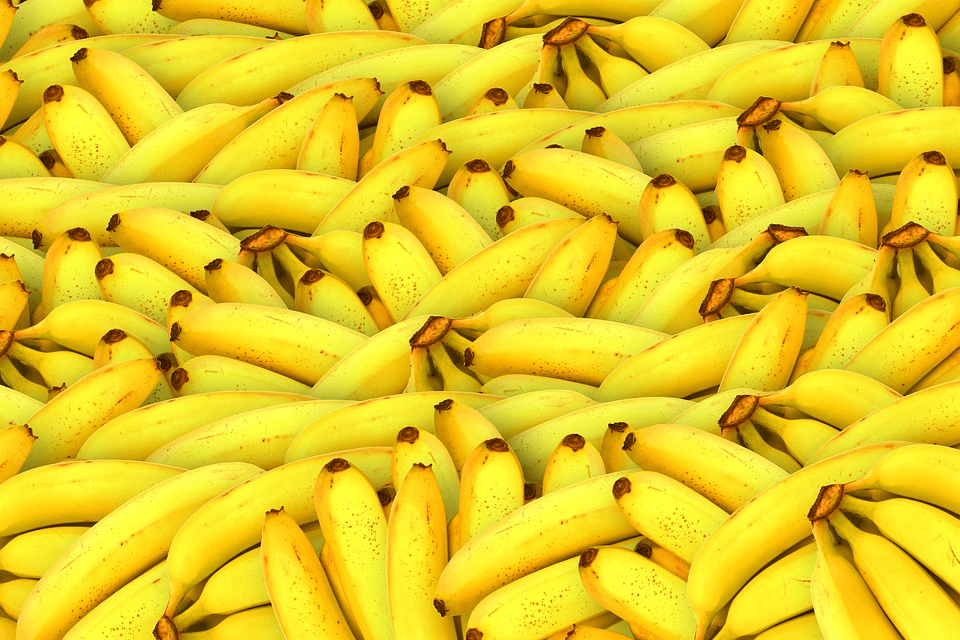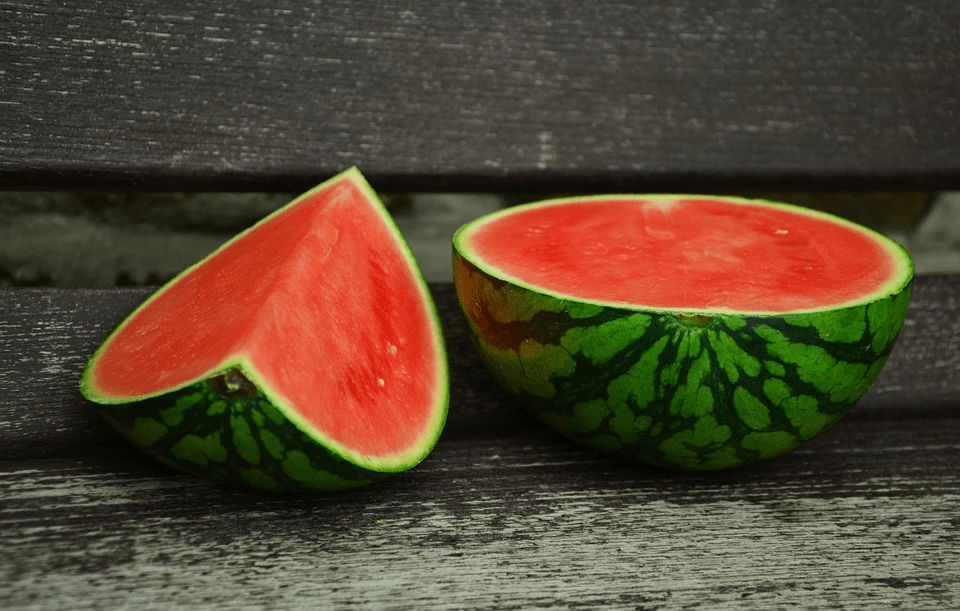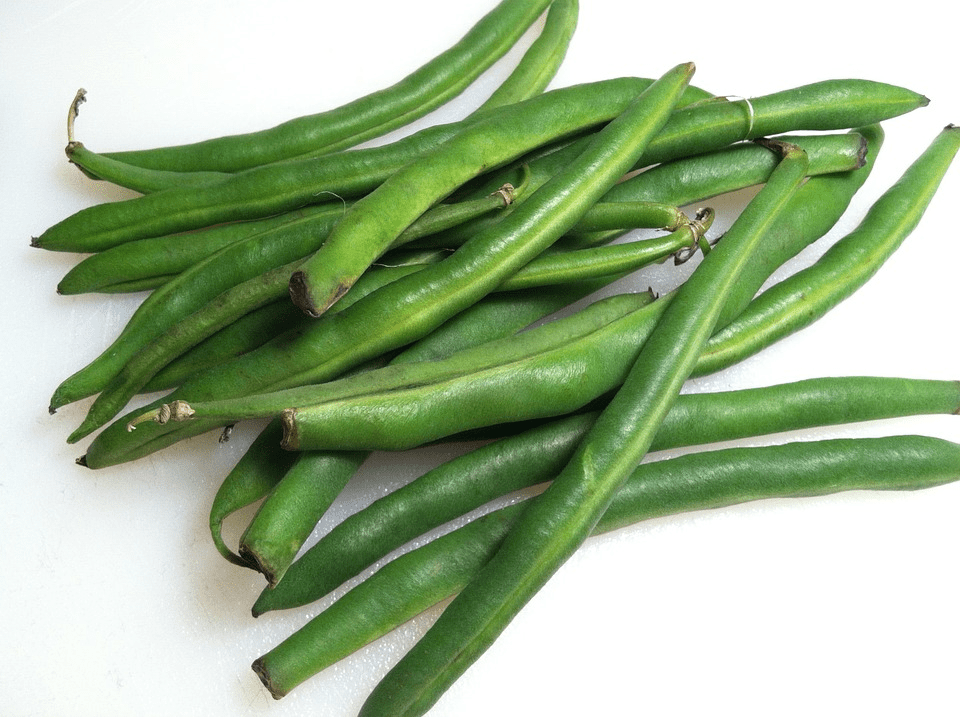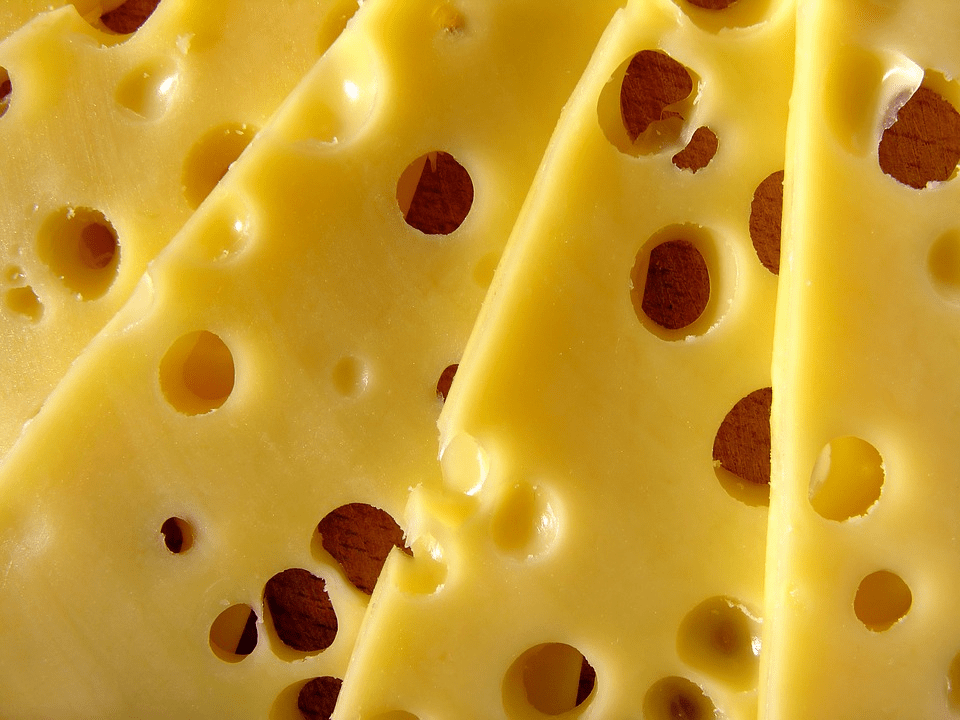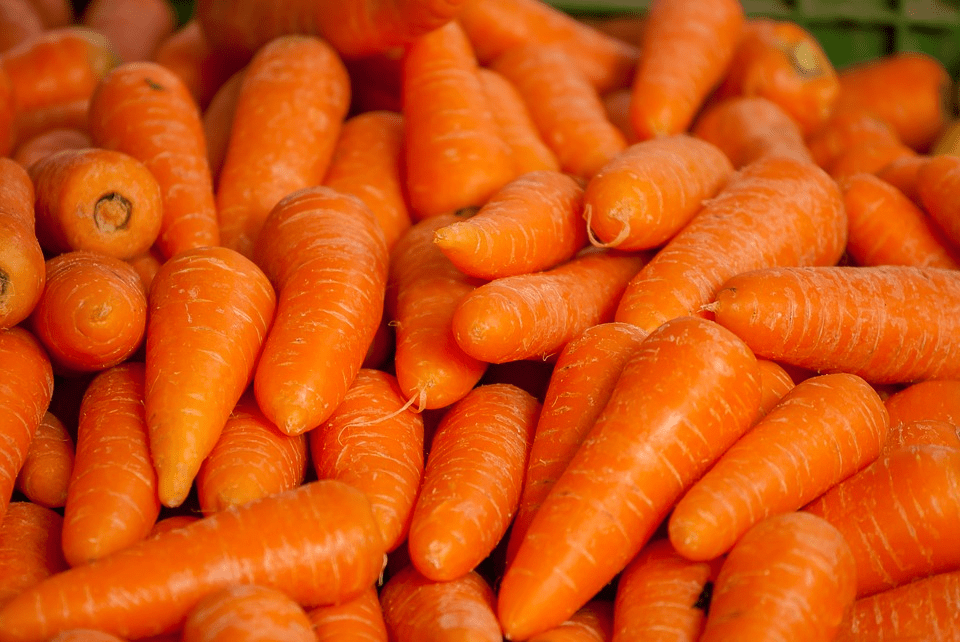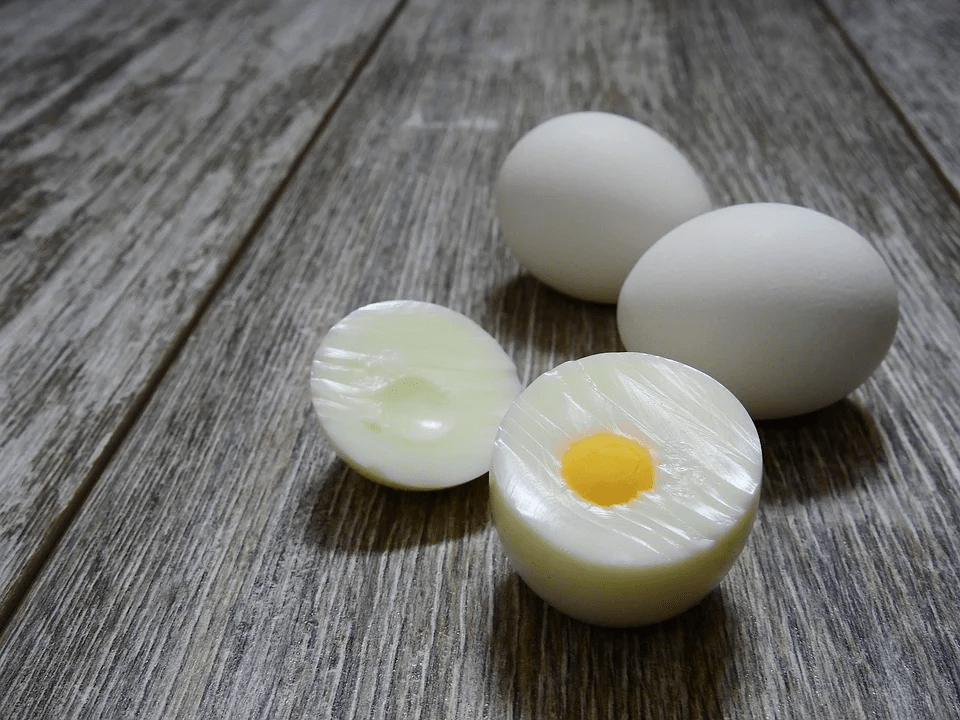7 Signs of Pain in Horses
By Jane Clothier
Head of Health Sciences at LCAO
Much like with any other animal, checking for pain in horses can be very difficult. As they are technically prey instead of predators, they tend to hide their pain under certain circumstances, such as unknown environments, the presence of strange animals, or other people. If you are going to treat a horse for the first time, this can be a bit of a challenge.
Nonetheless, there are still some signs that there is something not quite right with the horse. These can be very hard to notice but also can be obvious, in which case it’s better to start seeking professional help.
You should know how your horse usually behaves, so keep that in mind because it’ll make it easier to notice these signs.
Here are some of the subtle signs.
1. Ear position
Your horse may not be feeling all too well if its ears are back for more than 5 seconds while being ridden. Horses use their ears as part of their body language. You can count that your horse may be afraid of something if its ears are back or that maybe there’s something else happening to your horse.
2. Eyes
Monitor your horse’s eyes. If the muscles around your horse’s eyes are tense, its eyes have a glaze, or your horse shuts them while being ridden, that’s a sign that your horse is in pain, and you should try to see what’s happening.
3. Mouth
A horse with its mouth open and its tongue sticking out might be hurting. If your horse has never done this before and you find it has become common, seek help as your horse might be in pain. It could mean that something is happening to its teeth, in which case, you have to try to figure out what is making your horse behave this way.
4. Head
Probably one of the most obvious signs that something is happening to your horse. Trained horses usually have their heads in vertical positions.
Nonetheless, a horse that can’t keep this position, going a bit more up or going overbent, is a clear sign that something’s happening.
Another sign related to the head is if your horse is shaking its head a lot. It could mean that there’s something happening to your horse, and you should seek immediate help.
5. Inconsistent Eating
Horses have a big appetite.
If you have noticed that your horse is not eating consistently, doesn’t want any of the food you’re giving to it, and doesn’t want to move while being ridden; then it could mean that your horse is in pain; it can be related to ulcers.
Although this isn’t in any way a definitive sign that your horse has ulcers, it’s worth noting that it does mean that the horse may be in pain.
6. Bucking or Kicking out
Most people blame disobedience and stubbornness when their horses constantly kick or refuse to go into a trot. It could very well mean that your horse is in physical pain, mainly back pain.
7. Switching leads behind while in canter
Often horses that have inflammation of the suspensory ligament in their hind legs change their leads. Lameness would be hard to detect if both behind legs are affected. If you notice your horse bunnyhopping or changing leads in its behind legs, it could mean that something is not right with it.
Although these are only some signs that your horse is in pain, keep in mind that there are many others. What’s most important is to know your horse and how it behaves when it is healthy. Remember, prey animals like horses tend to conceal their pain, so it’s up to you to identify the signs your horse is making.

